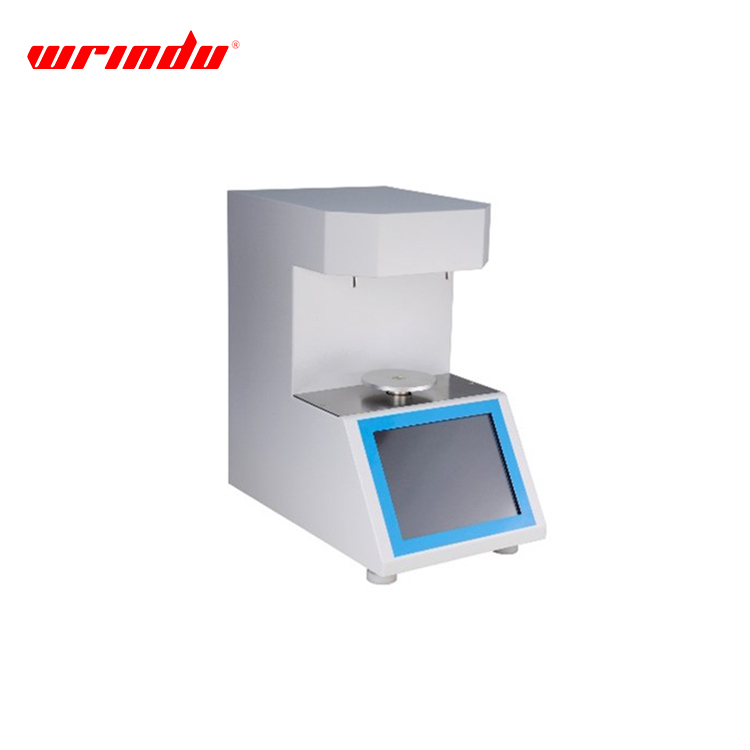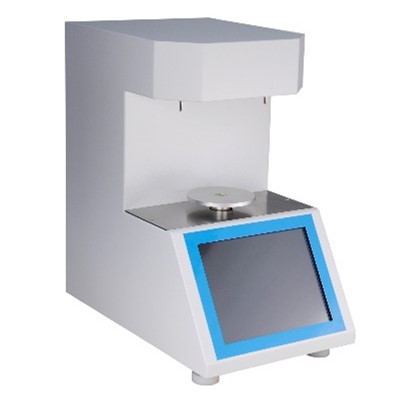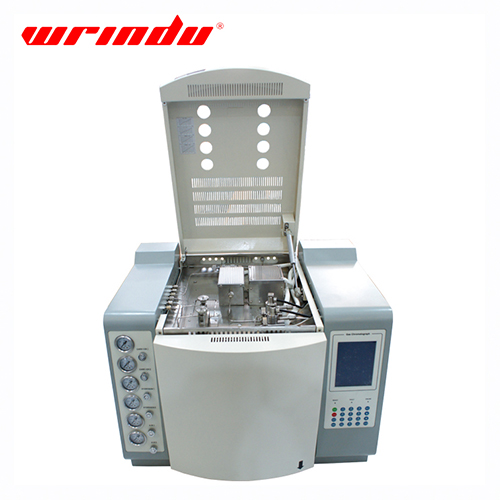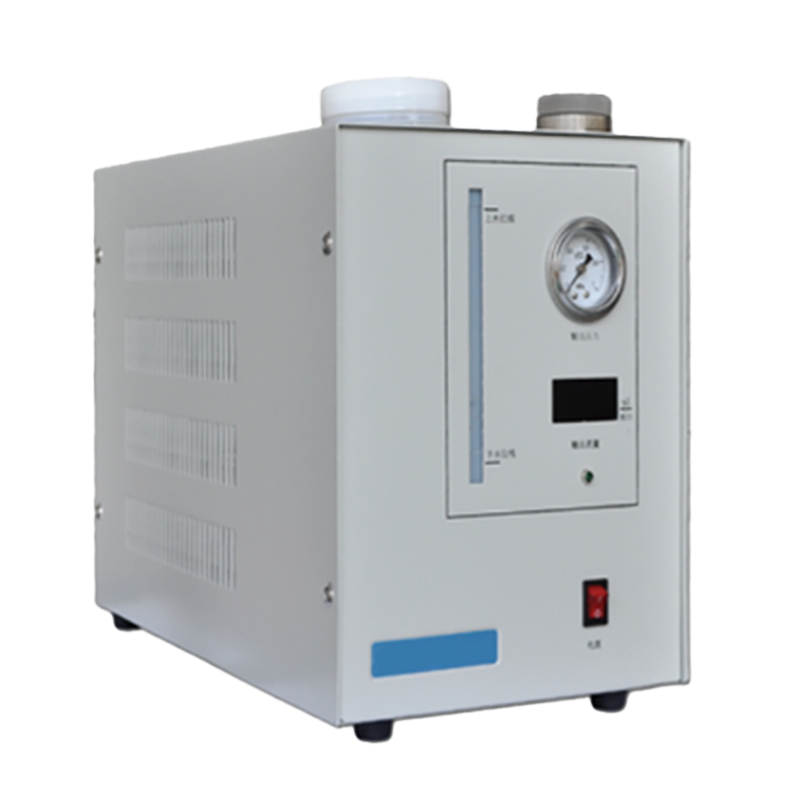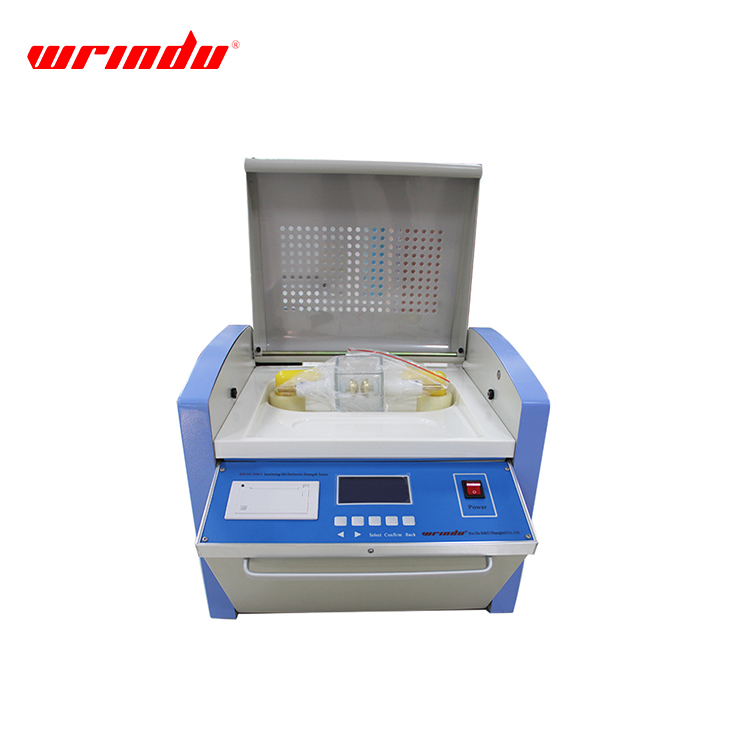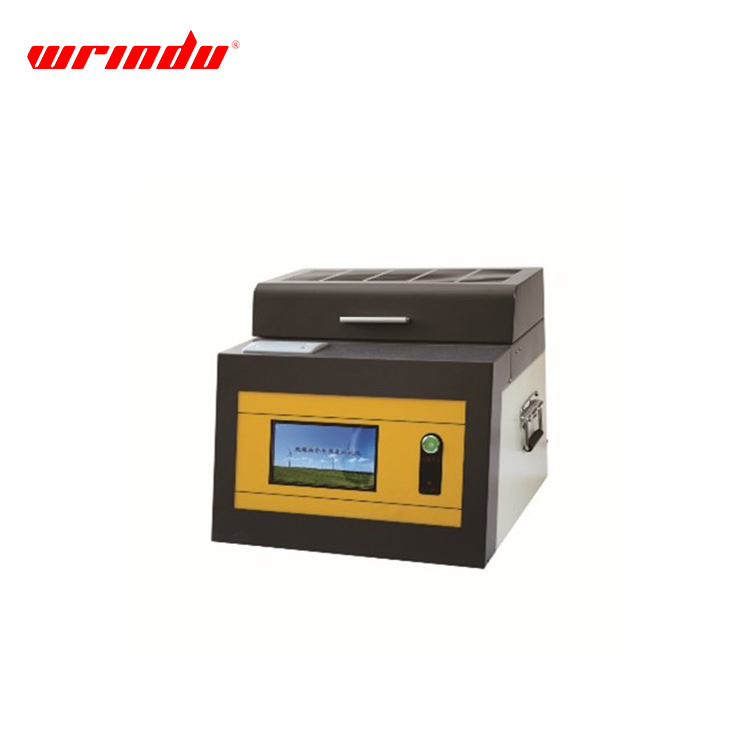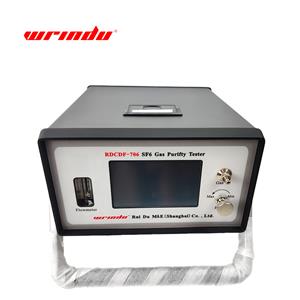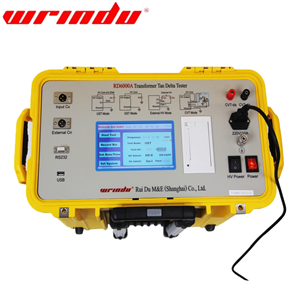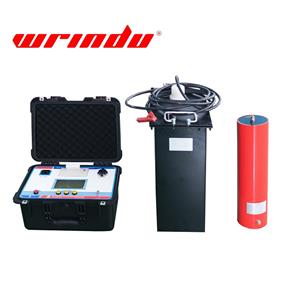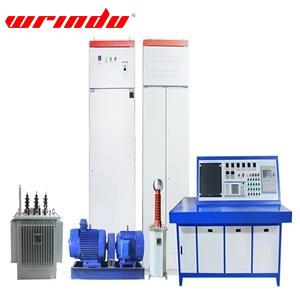Interface Tension Tester

- Wrindu
- RDZL-321D
1. This high-precision wien bridge interface tension tester uses fast operational amplifiers, minimizing distortion and simplifying debugging.
2. The interface tension tester user-friendly, offering stable measurements of surface and interfacial tension in various phases, even under non-equilibrium conditions.
3. The improved sensor enhances response speed and linearity with magnetic tank sealing.
4. Only one-point calibration is required for the new sensor, eliminating the need for multiple-point calibration to maintain accuracy.
5. The interface tension tester offers bi-directional temperature-based compensation around 25℃, meeting various laboratory temperature requirements.
Description
The intermolecular force forms the interface tension or surface tension of the liquid. The value of the tension can reflect the physical and chemical properties of the liquid and its material composition, which is one of the important indicators for the related industries to inspect the product quality. This product is designed based on the DuNouy Ring method, the surface tension (liquid-gas interface) and liquid interface tension (liquid-liquid interface) of various liquids are measured. This method is widely used because of its simple operation and high accuracy. Widely used in power, petroleum, chemical, pharmaceutical, food, teaching and other industries.
Features
This instrument is a Wien bridge sine wave oscillator composed of high-precision and high-speed operational amplifiers, characterized by low distortion and easy debugging.
The instrument is easy to operate and works stably and reliably. Under non-equilibrium conditions, it can measure the surface tension of various liquid-gas phases and the interfacial tension of liquid-liquid phases, and automatically calculate the tension value.
The instrument adopts a newly improved magnetic tank sealed electromagnetic force balance sensor, which improves response speed and linearity.
The new sensor only needs to be calibrated at one point, solving the problem of multiple-point calibration required by the previous generation sensor to ensure linearity and accuracy.
The internal microprocessor of the instrument can also perform bi-directional compensation based on the working temperature, with 25℃ as the reference, providing compensation range that can meet the environmental temperature requirements of all laboratories.
Parameters
Picture | | |
Model | RDZL-321D | |
1 | Measurement Method | Platinum Ring Method ( DuNouy Ring method ) |
2 | Measurement range | 5 ~ 200 mN/m |
3 | Accuracy | 0.1% reading ± 0.1 mN/m |
4 | Resolution | 0.1 mN/m |
5 | Sensitivity | 0.1 mN/m |
6 | Power supply | AC220V, 50Hz |
7 | Power | 20W |
8 | Applicable ambient temperature | 10 ~ 40 ℃ (typical value: 25 ℃) |
9 | Applicable environmental humidity | 20% RH ~ 75% RH |

